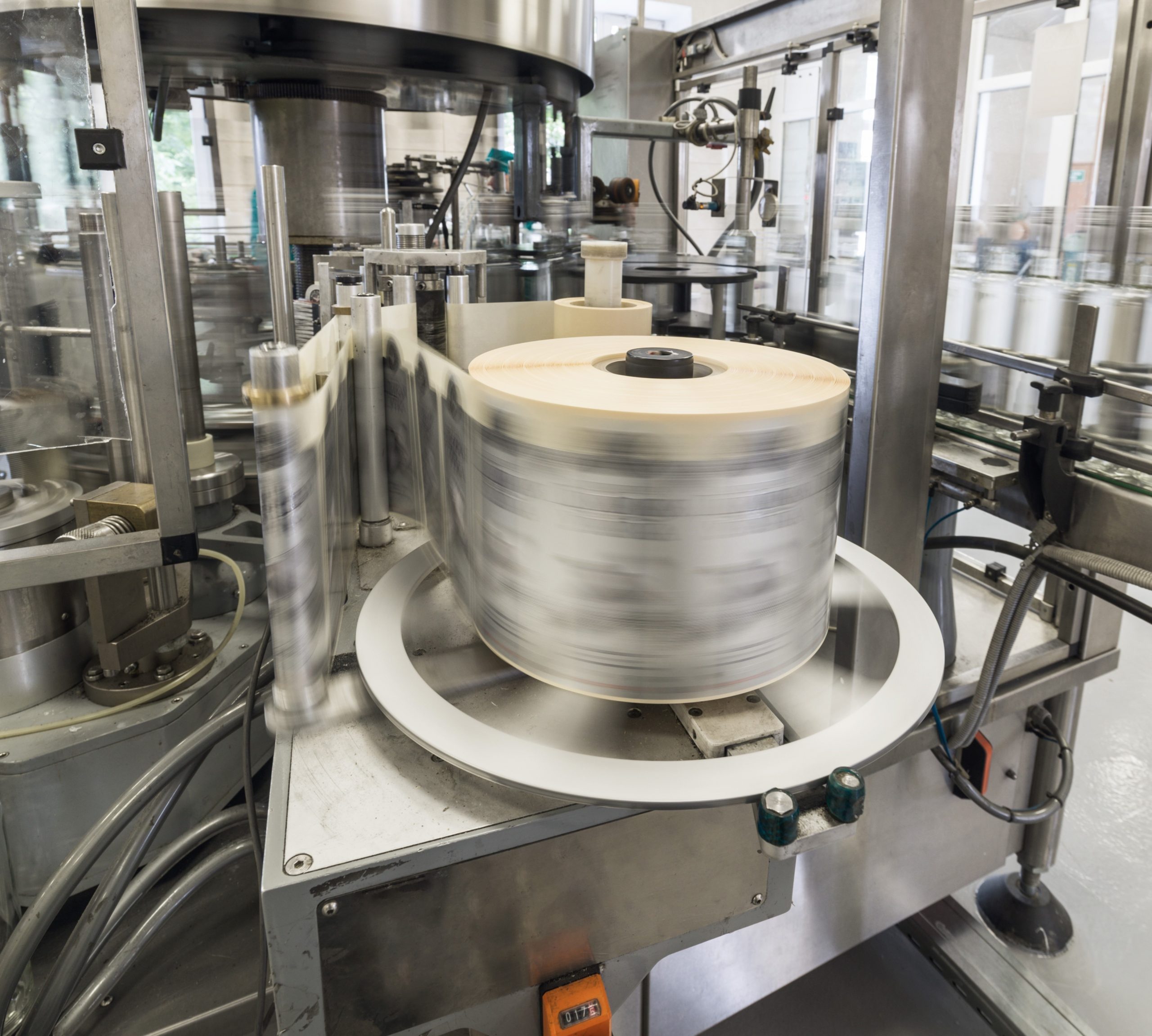In the production chain of the food & beverage industry that is increasingly focused on the sustainable management of resources, the packaging stage plays a key role in the development of environmentally friendly solutions.
Food & beverage packaging manufacturers are committed to designing ‘eco-conscious’ packaging systems to counteract overpacking, with the aim of decreasing the amount of packaging placed on the market and thus in the environment, in line with the European directives of the new PPWR and to meet consumers’ demands for green solutions.
Designing sustainable solutions to reduce packaging waste and facilitate recycling
The new European PPWR – Packaging and Packaging Waste Regulation – defines criteria to reduce packaging waste by countering the use of superfluous packaging and establishes the development of environmentally friendly solutions through recycling and reuse.
For environmental sustainability, it is therefore important that the components of a package are ‘mono-material’, i.e. made from the same family of materials in order to to facilitate the consumer in the separate of packaging waste and thus make recycling operations more efficient, in line with the principles of the circular economy.
Replace classic multi-pack packaging for snacks and small bakery products with wrap-around labelling
To ensure the integrity of the food, the primary packaging of snacks and small bakery products is usually a plastic flowpack made of polyethylene or polypropylene (polyolefin group). The secondary packaging containing the flowpacks of these products is normally made of cardboard boxes or a plastic flow-wrap.
In this specific case, to counteract the overpacking of this type of packaging, a technique was perfected to fix the flowpacks of individual products together with a label, creating shelf-ready multipacks for the point of sale.
In this way, the labelling performs a dual function: it carries the legally required information about the multipack and at the same time creates the packaging, fixing the individual flowpacks together.
Obviously, the label that creates the multipack is of the same polymer family as the flowpacks that it fastens together, so as to facilitate the end consumer in the differentiated disposal of packaging waste, in favour of efficient recycling processes.
Packaging solution with mono-material labeling therefore not only releases a smaller quantity of packaging waste into the environment, but makes its separate disposal and recycling more effective.
Create multipacks with wrap-around labelling without discriminating against pack design and functionality
Design of a multi-pack with wrap-around labelling requires careful and painstaking study so that the end consumer can appreciate this type of packaging not only for its sustainability characteristics but also for its aesthetic and functional qualities.
In the labelling area that creates the multipack, graphics must be designed not only to highlight the design of the pack on the shelves at the point of sale, but also to display all product information according to current regulations, so that it is clear and easily readable by the consumer.
The design of the multipack must also be designed in such a way that the labelling is positioned to cover the bar codes printed on the flowpacks of the products it fastens together. In fact, at the point of sale the multipack is handled as a single package, so there must be no possibility of error in scanning its bar code; therefore, only the bar code on the labelling that makes up the packaging of the multipack must be unambiguously readable.

